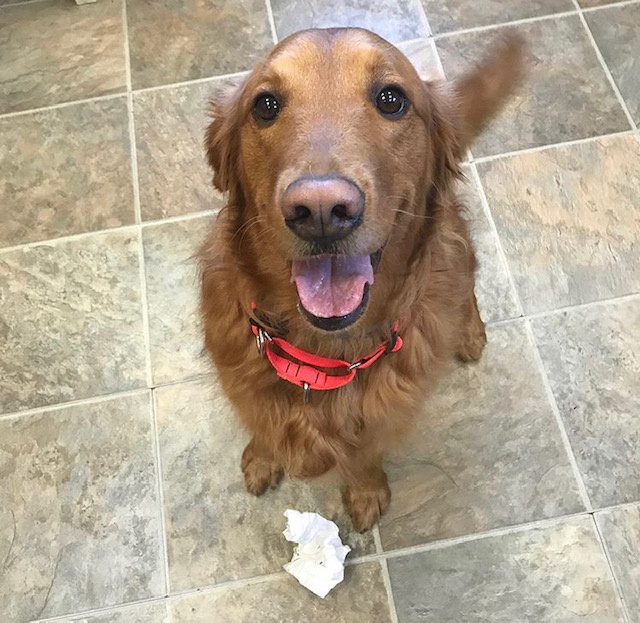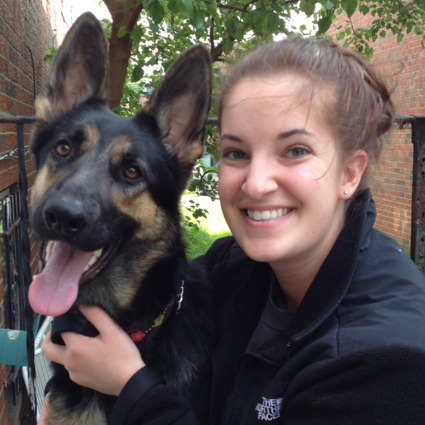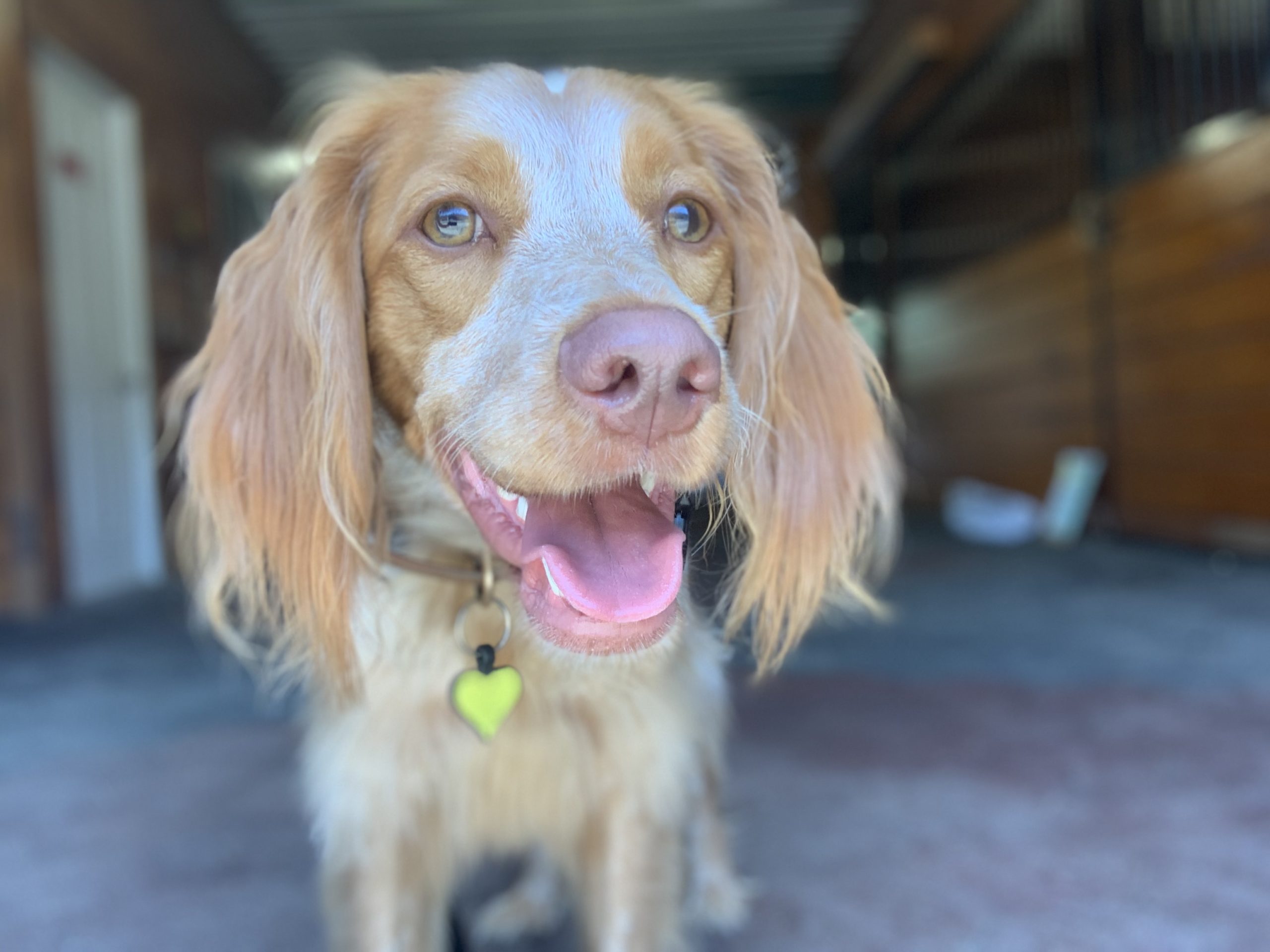By Emily Kane
Spring is around the corner, which means more outdoor time and activities with our dogs.
“Great,” perhaps you say, “I’ve been training my dog all winter – he’ll be a perfect angel outside!”
Unfortunately, dogs don’t generalize as well as humans do. For humans, two plus two equals four, whether we’re at home, in a café, or on vacation. For dogs, behaviors they learn in one location are just that – behaviors in one location. “Sit” in your living room and “sit” on a crowded street are two very different things. Throw in beautiful weather, chirping birds, and skittering squirrels, and you have a recipe for a very distracted dog!
Helping our dogs perform amidst the distractions of Philly in springtime means we should:
1. Expect the unexpected
Keep your expectations reasonable for your dog’s performance outside. Sure, he may be able to hold a sit-stay for minutes at a time in your kitchen, but asking your dog to sit perfectly still while bikes and skateboards whiz by is an incredible challenge. Start small. Ask your dog for behaviors they know well, like “sit” and “touch”, and reward more often than you might inside. You may have to lure your dog into a sit or make touch a little easier than normal. Remember, performing in a highly distracting or unfamiliar environment is like solving a complex math problem on a rollercoaster – expect a few mistakes along the way, and work with your dog to be successful.

2. Bring out the big guns
Your typical training treats won’t cut it outside. For your dog to work and succeed in a bustling park, for example, you’ll have to bring what trainers like to call high value treats. Think of food your dog goes crazy for – like boiled chicken, cheese, or jerky. Their hard work in a highly distracting environment deserves a great reward. For an even better result, mix up your treats so that your dog never knows what they’re going to get.
3. Keep sessions short and sweet
If you’re asking your dog to perform outside by walking nicely on their leash, sitting and staying while you talk to friends, or paying attention to you instead of another dog, keep the sessions brief. Set goals for yourself and your dog that set you both up for success. For example, walk from one corner to the next with a loose leash, and then let your dog explore and sniff. Or ask your dog to hold a sit for ten seconds, then release him to say “hi” to a dog or human friends.

4. Work on a solid leave it
“Leave it” is one of the most important – and difficult – outdoor behaviors for our dogs. Your dog might know “leave it” when it comes to a treat under your shoe, but leaving a chicken bone on the sidewalk is a different story. Help your dog succeed by restricting his access to the things you don’t want him to use as a chew toy. For example, keep a short (but loose) leash and reward your dog for paying attention to you as you weave between bins full of yummy paper on recycling day. Keep your leash short enough so that your dog can’t get off-limits items. If your dog does end up grabbing something in his mouth, the time for “leave it” has passed! You’re now in “drop-it” land.
5. Develop a stellar drop-it
We’ve all visited drop-it land once or twice (or a hundred times) on our walks. Ask your dog to drop-it by offering a treat or alternative toy instead of the empty water bottle he’s currently gnawing on. Or, better yet, get excited and run away from your dog so that he forgets about the water bottle and chases you in a fun game. Reward when he comes to you! If worse comes to worst, you may have to remove the offending item from your dog’s mouth if he won’t give it up. Follow this with a few “sits,” “downs,” or “touches” so that your dog gets rewarded for positive, alternate behaviors.

6. Get the gear
If your dog tends to pull on leash, make sure you’re working with equipment that’s designed to help you. Try an easy-walk harness or gentle leader. When you introduce either of these to your dog, be sure to include plenty of treats and keep sessions short. For example, feed your dog a treat through the harness, clip it on, then take it off again. Do this a few times before taking a short walk outside.
While it is critical to work with our dogs outside, it’s equally important that we set our dogs up for success by having reasonable expectations, challenging them without overwhelming them, and working through mistakes with equanimity. Think of walks outside as training opportunities for both you and your dog. Each day, experiment with your dog’s ability to perform behaviors in increasingly distracting environments. The best part about working outside is that the real reward is all around you – when your dog does a behavior correctly, let him sniff a fire hydrant or greet another dog. Pretty soon, your dog will learn that being outside is way more fun when he listens to you first.


